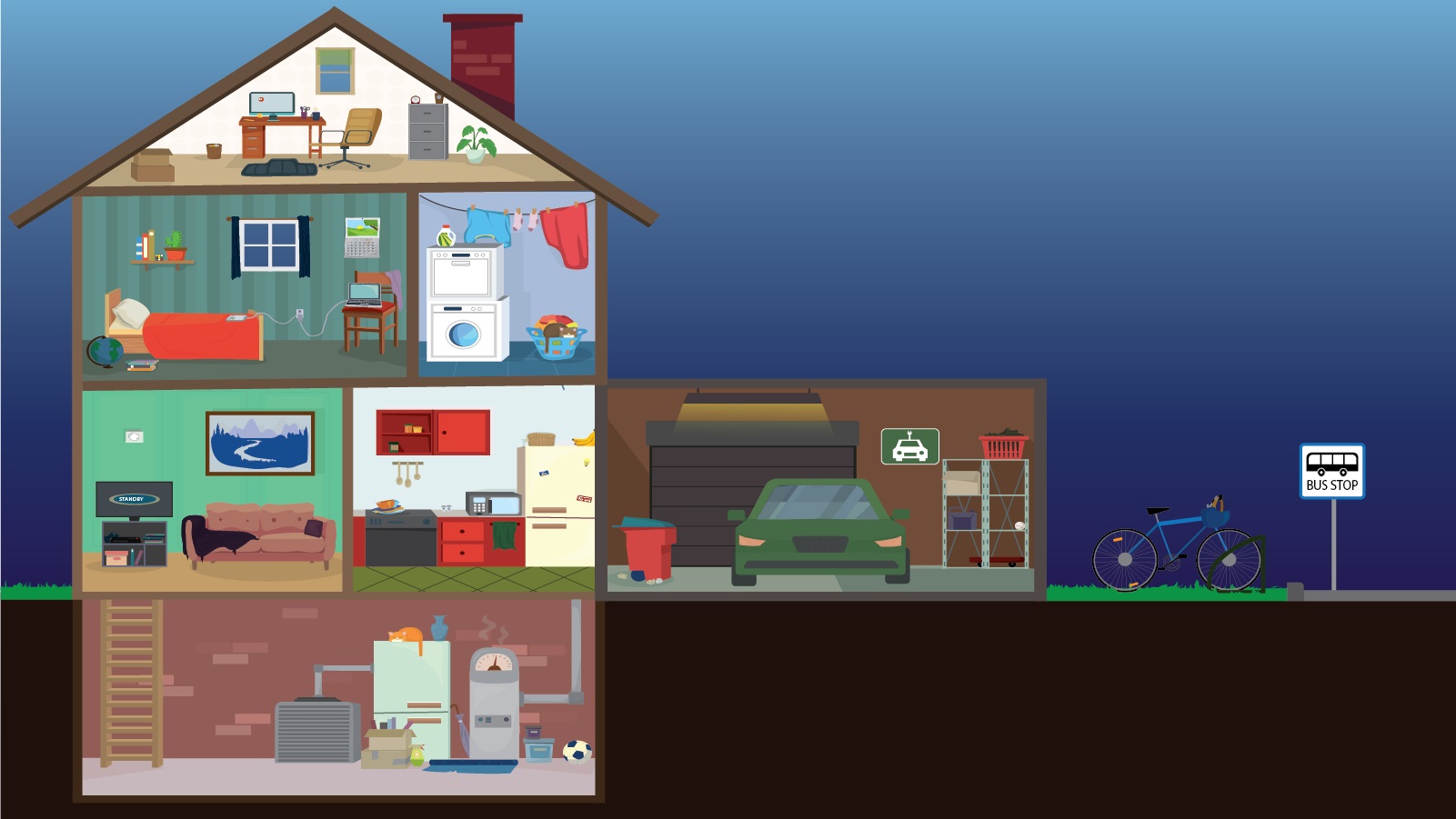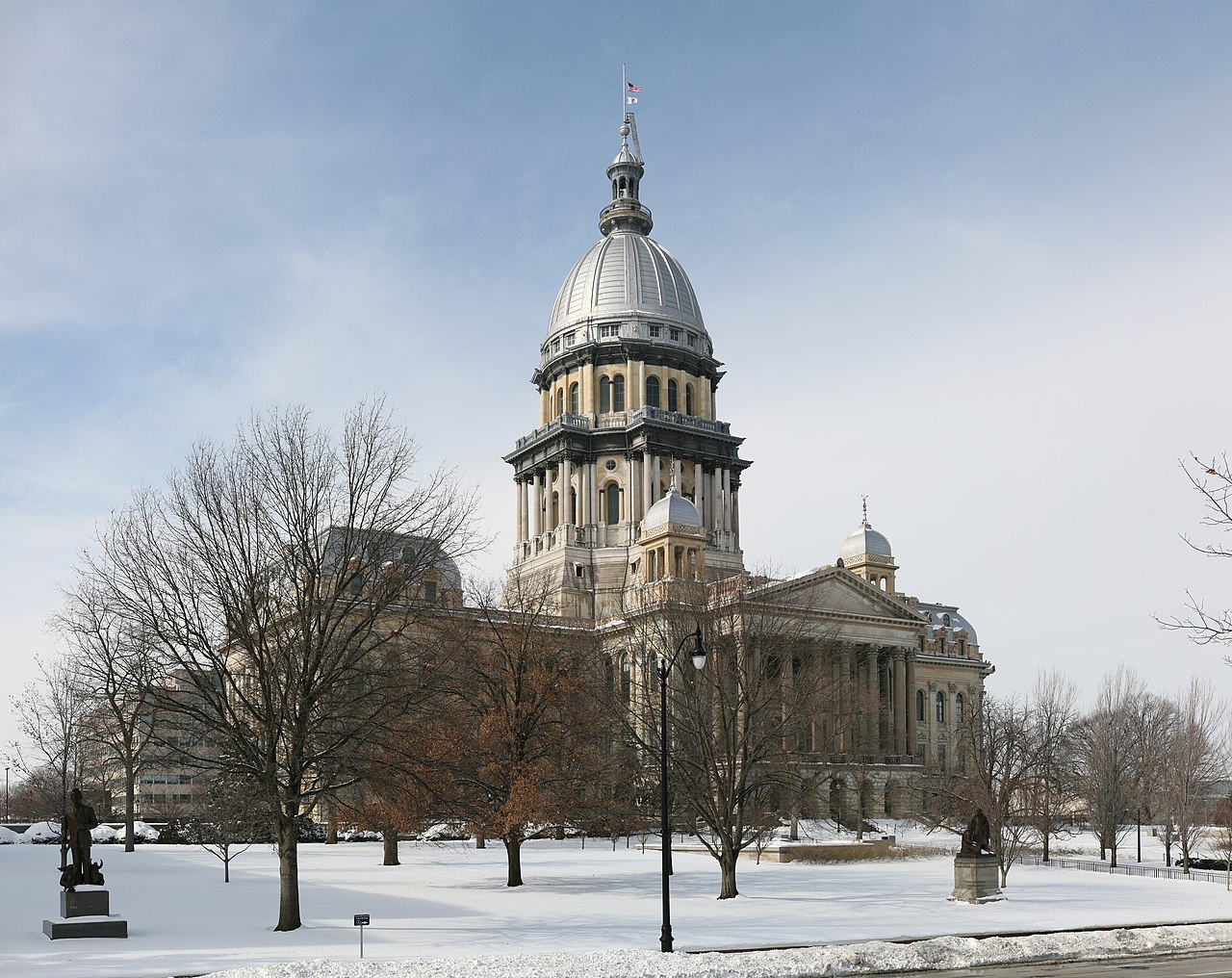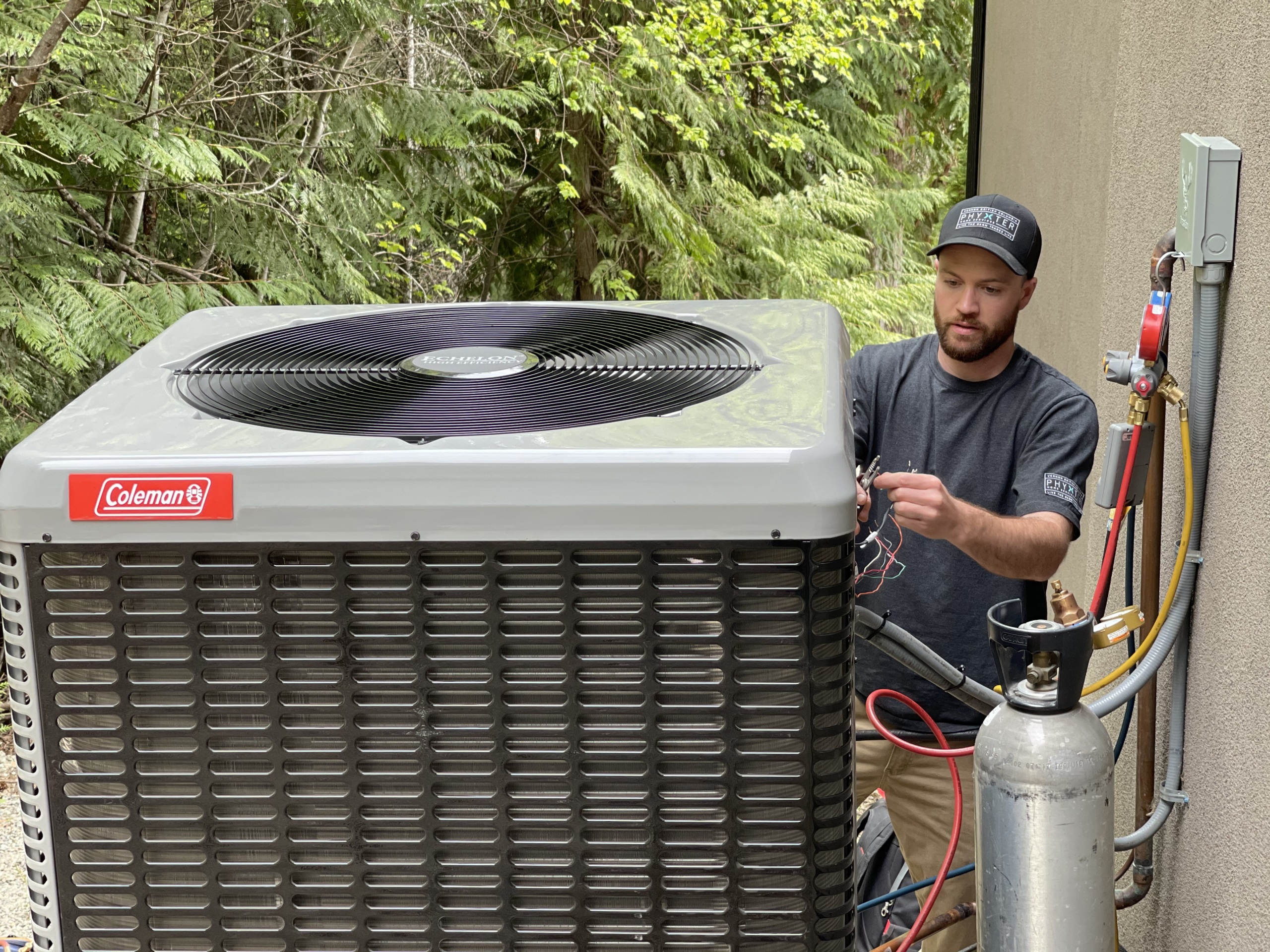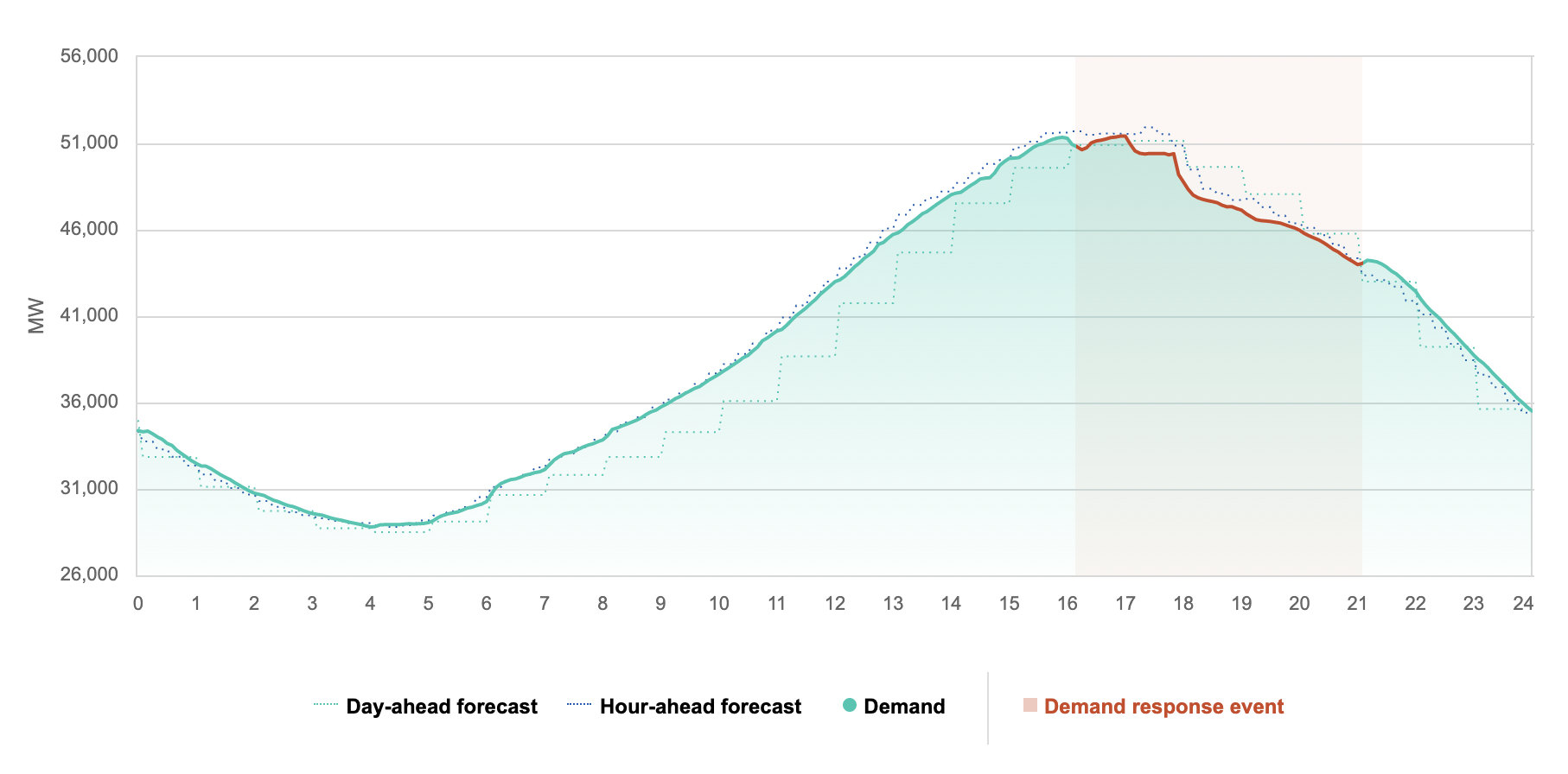To efficiency and beyond! How clean energy won big on the bipartisan infrastructure bill
Another big step toward 100% renewable energy

Historic investments in clean energy have been a big talking point in recent weeks. With the bipartisan infrastructure bill passing in Congress and the Build Back Better Act still being debated, there are a lot of clean energy policies that have grabbed headlines. But one critical area that’s gone under the radar, but still packs a big punch for a cleaner, greener future, are energy efficiency policies like the Weatherization Assistance Program (WAP).
As part of the infrastructure bill, national energy efficiency programs such as the WAP had a big moment this week when they received new funding. Understandably, the media focused on important high-profile policy wins such as expanding electric vehicle charging infrastructure and upgrading roads and bridges across the country. These actions will do a lot to get us on the road to 100% renewable power, but energy efficiency is also a little clean engine that could (and will) make a big difference.
The reason: Cutting down on the amount of energy we use in the first place is the quickest (and easiest) way to reach our clean energy goals. In 2018, the United States wasted the majority of its energy, an unnecessary and senseless squandering of natural resources. Making the transition to renewable power isn’t just about replacing fossil fuels with wind and solar, it’s also about getting smarter about how we use our energy. While improving energy efficiency may not be the most visible way to take action for renewable energy, its role is no less important.
For example, since it began in 1976, the WAP has helped more than 7 million households become more “weatherized,” providing funding to protect buildings from natural elements and reduce the need for energy consumption. WAP funding doesn’t go to glamorous stuff — it’s more about caulking around windows and doors to seal air leaks; blowing insulation into uninsulated crawl spaces; and replacing inefficient lighting. But the energy — and consumer savings — are huge. Households that take advantage of the program save an average of at least $283 per year. Think of weatherizing as really good insulation that helps lower your emissions and your bills at the same time. What’s not to love?
The infrastructure bill’s energy efficiency improvements don’t stop with the WAP. The $73 billion allocated for clean energy provisions in the legislation will also go toward grants for state and local energy efficiency initiatives, increasing grid reliability and resiliency and state transmission planning (to name a few). By preparing our power grids for renewable energy, we can ensure that clean solar and wind energy can take the place of dirty fossil fuels in our energy system. Pair that with a reduced need for energy overall, and the path to 100% renewable energy becomes ever clearer.
Improving energy efficiency and preparing our grid to receive more energy from renewable sources are two key pieces in the overall clean energy puzzle, and we applaud our legislators for making this historic investment. Energy efficiency and conservation initiatives could catapult us halfway to our domestic climate goals by 2050 and deliver $700 billion worth of energy savings. Make no mistake, we still have work to do to reach 100% renewable energy, but this bill is an important milestone. These investments are a huge step forward for clean energy, so let’s give energy efficiency the recognition it deserves.
Topics
Authors
Hannah Read
Find Out More

Advocates urge action on appliance efficiency

Our 2024 priorities in the states

Should I get a heat pump?

